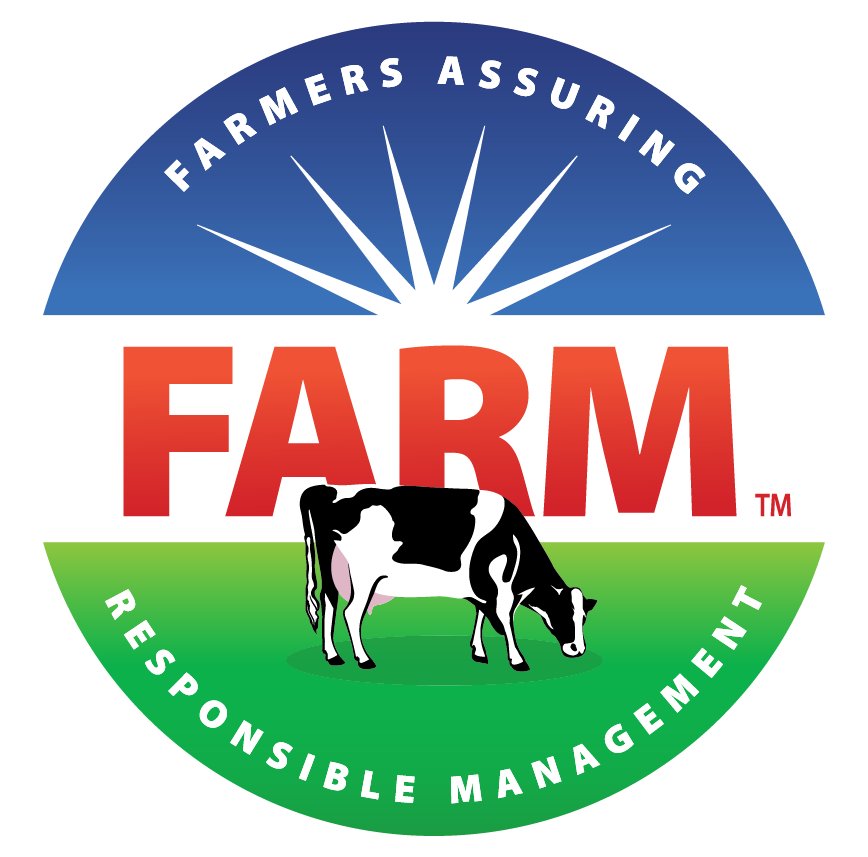WEBINAR DETAILS
January 19, 2017 | 12:00 pm EST | Watch Here
ABOUT THE WEBINAR
Pain can be defined as an unpleasant physical sensation occurring in varying degrees of severity as consequence of injury, disease or from a medical or management procedure. The goal of any dairy is prevent animals from experiencing any type of pain throughout their lifetime to ensure their well-being. Unfortunately, there are times when painful procedures must be conducted for the animals’ health and safety and for employee safety. While necessary, it is critical to reduce the amount of pain animals experience during and after these procedures to ensure long term well-being and productivity. The webinar will discuss and provide pain mitigation options and management tools that producers can use in order to effectively manage pain that animals may experience during necessary procedures and in times of injury or disease.
ABOUT THE PRESENTER
 Hans Coetzee DVM, PhD
Hans Coetzee DVM, PhD
Department of Anatomy and Physiology
Kansas State University
Dr. Hans Coetzee is a Professor and Head of the Department of Anatomy and Physiology at Kansas State University. He obtained his Bachelor of Veterinary Science degree from the University of Pretoria, South Africa in 1996. After graduation he worked for four years in mixed animal practice in Northern Ireland followed by 2 years in pharmaceutical research and development at Norbrook Laboratories Ltd. He received a specialist Certificate in Cattle Health and Production from the Royal College of Veterinary Surgeons (London) in 2000 and a doctorate in Veterinary Microbiology from Iowa State University in 2005. He holds dual board certification in the American College of Veterinary Clinical Pharmacology and American College of Animal Welfare and is a European Specialist in Animal Welfare Science, Ethics and Law. His professional interests include the development of analgesic drug regimens for use in food animals and therapy of bovine anaplasmosis. He has published 108 peer-reviewed scientific papers and received over $8 million in research funding. In his free time he enjoys spending time with his wife and his twin daughters.
Q & A WITH DR. Coetzee
Why is the topic of pain management important to the dairy industry?
Consumers are interested in how their food is produced and they consider livestock producers to be the custodians of animal welfare. While dairymen do an outstanding job in taking care of the daily needs of the animals under their care, pain management on the farm in often overlooked. Many of the routine livestock management practices performed on dairy operations, such as dehorning and castration, are painful. In these instances, it is not unreasonable for consumers to expect that producers are taking proactive steps to minimizing pain and distress. Although there are several challenges associated with providing effective pain relief in livestock in the United States, these should not be an impediment to our industry meeting our moral and ethical obligations towards the animals in our care.
How can proper pain management make a difference within the greater dairy industry?
Aside from being an expectation that consumers have that producers will provide pain management at the time of painful procedures, this practices also reduces stress on the animal and the livestock caregiver. The use of local anesthesia at disbudding for example reduces aversive behavioral responses from the animal making them easier to handle. There is also evidence that pain management improves average daily weight gain in calves over 10 days after dehorning and may also reduce the incidence of bovine respiratory disease in older calves. Pain management can therefore represent a win-win for the animal, the producer and the industry at large.
Why should dairy producers care about pain management?
Routine management procedures such as dehorning and castration are painful. As the custodians of animal welfare, producers have a moral and ethical obligation to reduce or prevent pain in the animals under their care. Pain management also reduces animal distress and also facilitates the safe handling of animals during the time of the procedure. Research has also shown that animals that receive analgesia have improved average daily weight gain and reduced incidence of disease.
Why is proper training in pain management important for dairy operations to implement?
Currently there are no drugs specifically approved by FDA for pain management. As a result, pain management constitutes extra-label drug use. Under Federal law, extra-label drug use is legal provided this occurs under the direction and supervision of a veterinarian. Dairy producers are therefore encouraged to develop pain management protocols with their veterinarian. Caregivers should also be trained on the correct method for administering a local anesthetic drug and have knowledge of the meat and milk withhold periods of the drugs involved.
What do you feel is the most important factor that leads to sound pain management practices on dairy farms?
Education. This is education in the recognition of pain in animals, the techniques for providing pain management and the prudent use of pharmaceutical compounds to alleviate pain in animals.
What is the most common mistake dairy producers/employees make related to pain management?
They fail to recognize routine management practices as being painful and they fail consult with their veterinarian to develop pain management protocols.
How will FARM help industry stakeholders raise the bar for pain management?
Increase awareness of procedures that are painful and proactive steps that producers can take to alleviate pain in animals.
This webinar is part the of the Merck Dairy C.A.R.E & FARM Animal Care Webinar series. You can view the FAQs and full schedule here.

 Lowell Midla, MS, VMD
Lowell Midla, MS, VMD